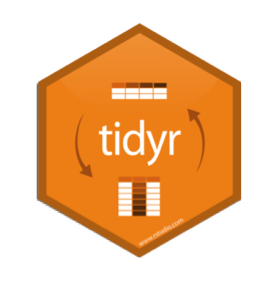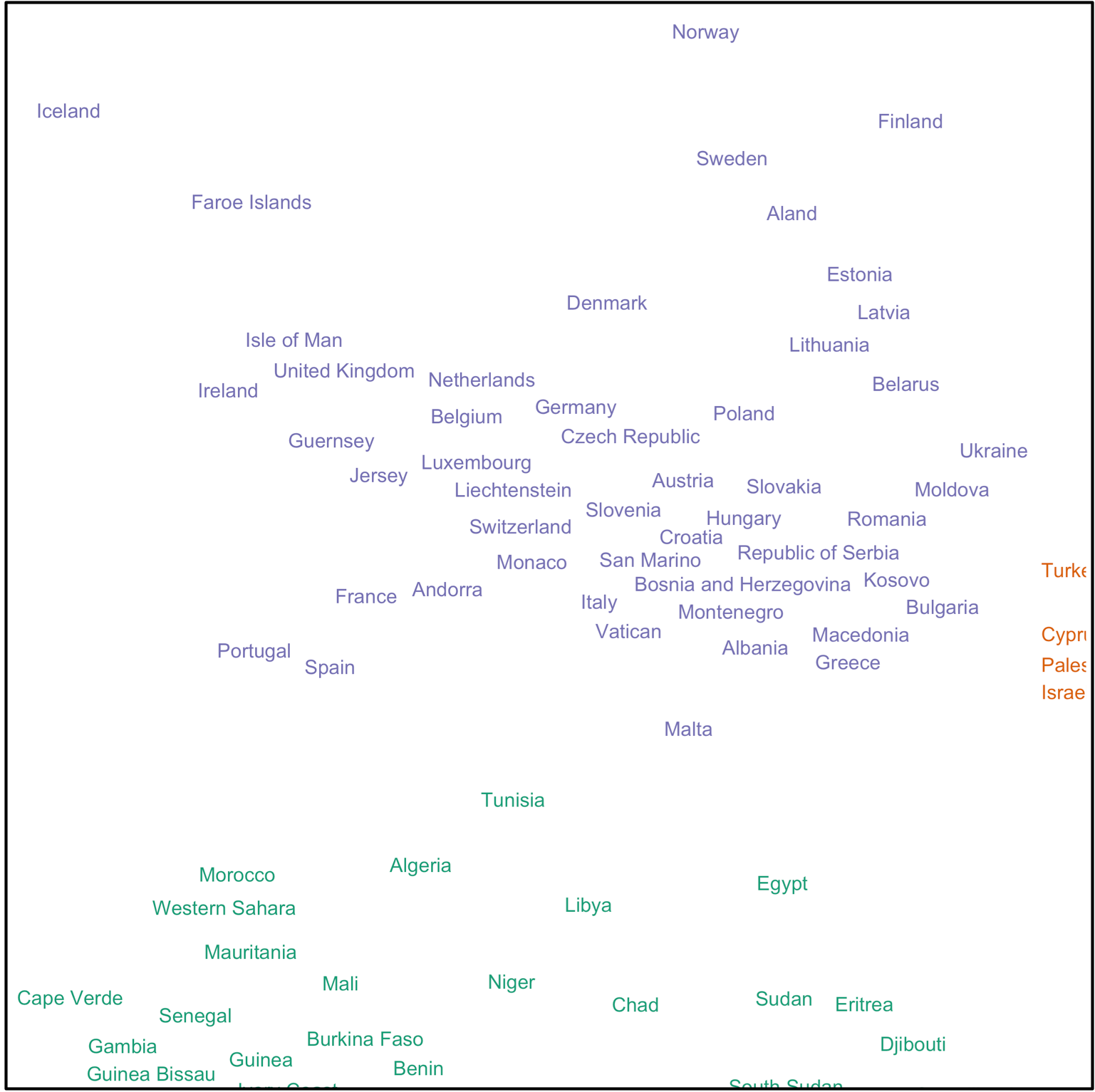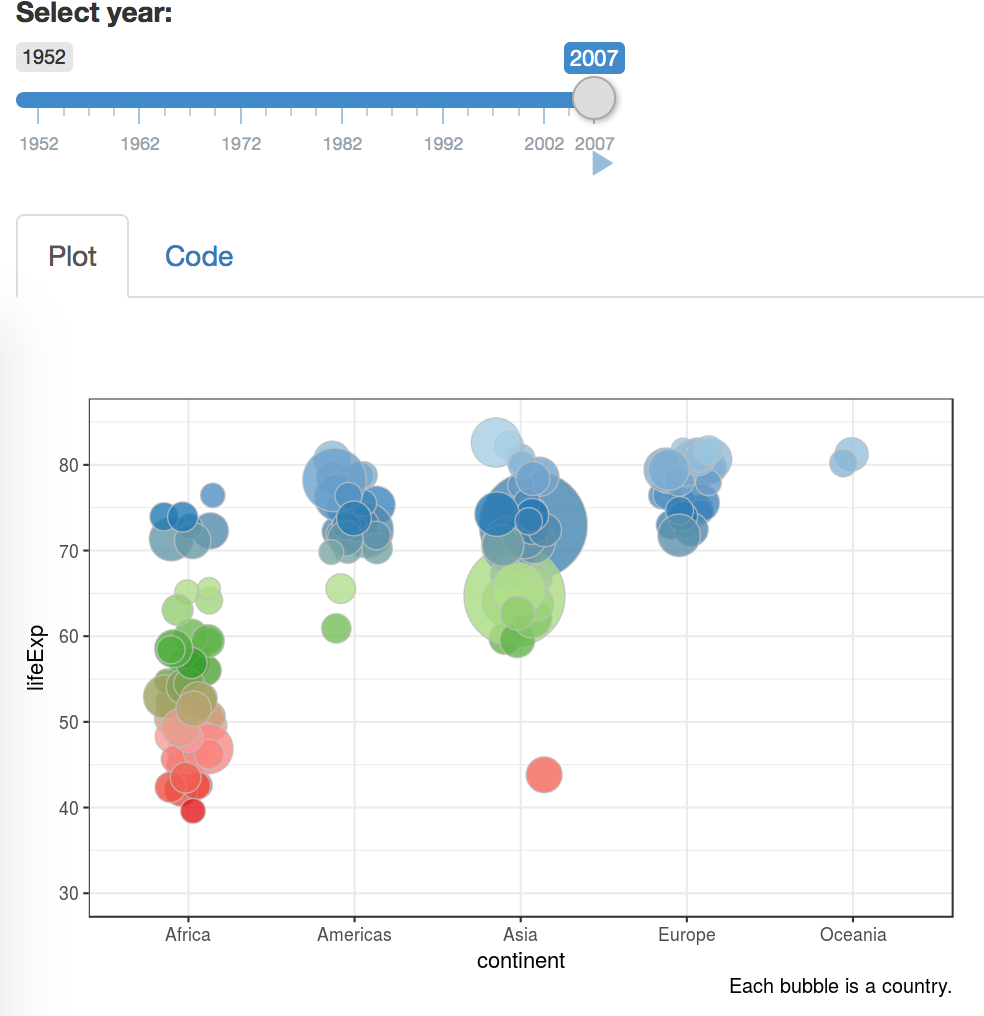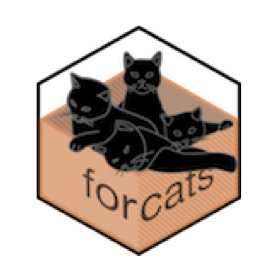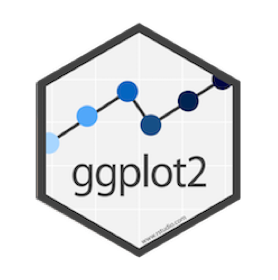TLDR: there are two new and very intuitive R functions for reshaping data: see Examples of pivot_longer() and pivot_wider() below. At the time of writing, these new functions are extremely fresh and only exist in the development version on GitHub (see Installation), we should probably wait for the tidyverse team to officially release them (in CRAN) before putting them into day-to-day use.
Exciting!
Introduction The juxtapose of data collection vs data analysis: data that was very easy to collect, is probably very hard to analyse, and vice versa.
